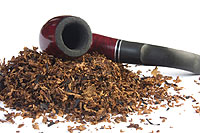 So you’ve been thinking of trying a pipe but you’re not sure of which tobacco to try? Perhaps it’s time to stop pondering which tobacco to use and just take the plunge and buy something that the tobacco store clerk recommends.
So you’ve been thinking of trying a pipe but you’re not sure of which tobacco to try? Perhaps it’s time to stop pondering which tobacco to use and just take the plunge and buy something that the tobacco store clerk recommends.
You see the fact is that the type of tobacco that a pipe smoker uses ultimately comes down to their own personal taste and what suits them. Just about every one of us has started off with a tobacco that was recommended by someone else but I would wager that almost none of us are still smoking that brand or blend of tobacco that we first started with.
So don’t be afraid to buy something just to try it … there are many brands and many blends out there and it could be that you won’t settle on a favorite for some months or perhaps even years.
Now if you’ve picked a good pipe shop or tobacconist the chances are that whoever serves you will suggest that you sample a few different blends just to get started and you will find that some stores even sell sampler packs. You are not on your own when it comes to wondering about where to start and savvy tobacco companies will have sampler packs available.
These sampler packs will take you through a wide range of blends and aromas and by the time you’ve finished them you will have found at least one that is to your liking. It’s quite possible that the one you like will be something quite different to what you thought would appeal to you so don’t be surprised if that’s exactly the way things turn out.
When you’ve smoked your way through that sampler pack … and here just let me urge you not to rush through that pack … it’s time to move onto sampling some different types of tobacco …and there you were thinking that it was only about blends and aromas. There’s more to pipe tobacco than just that so let me now tell you about some of the more popular tobacco types.
Photos Courtesy Tobacconist University
Burley tobacco
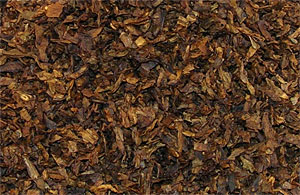
If we were talking about cigars we would be talking about tobacco that was given time to cure in large open sheds and there is a type of pipe tobacco that is treated in exactly the same manner. Burley tobacco is picked and hung in large open sheds to cure … or to allow the moisture in the leaf to evaporate. This can take anything from four to eight weeks.
It’s after the time spent airing that Burley tobacco is treated in a vastly different way to tobacco that is destined for the cigar market. The Burley tobacco has sugars added to it to give it a sweet taste … something that’s entirely missing in cigars. The sugars are what gives Burley tobacco it’s unique flavor and don’t be surprised to find that you can taste caramel in the tobacco … that’s coming from those burnt sugars.
Virginia tobacco
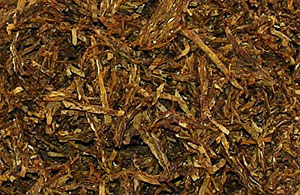
This is the most popular type of tobacco in the United States and one look at its name and you don’t need me to tell you where it comes from. Over 50 per cent of the tobacco grown in the United States comes from Virginia. However, Virginia tobacco is also grown in other countries and locales.
The growing conditions in Virginia turn out an entirely different tasting tobacco to what you might find in Burley tobacco. Virginia tobacco is almost naturally spicy and you will find that the tobacco changes taste as you smoke a pipe of it. What could be described as light and tangy turns into something deeper and richer the longer the pipe lasts and it’s no wonder that Virginia tobacco is so popular.
Many of the aromatic blends are built around Virginia tobacco so the chances are that you will have already encountered it in one of the tins in your sampler.
Cavendish tobacco
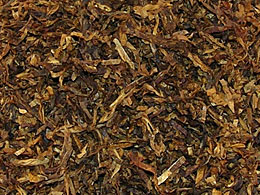 |
 |
| Natural Cavendish | Black Cavendish |
You will almost certainly come across Cavendish tobacco but the name refers more to the way it is handled after harvest than anything else. In fact quite a lot of Cavendish tobacco is actually grown in Virginia and there is no difference at the time of picking.
However, as I said a moment ago, things change during the manufacturing process. This process can include storing the tobacco under pressure for several weeks so that it cures quickly and ferments at the same time.
Originally this process produced a very dark tobacco without a great deal of flavor but more recently Cavendish tobacco has been produced with much more flavor but very little of the original tobacco flavor. To achieve this complete change in taste the tobacco leaves are soaked in a mixture of sugar and whatever the end taste is to be.
Modern Cavendish tobacco comes in many different flavors from fruity to alcoholic so you can imagine what the leaves have been left to soak in and there might even be some chocolate in the mix as well.
Spice tobaccos
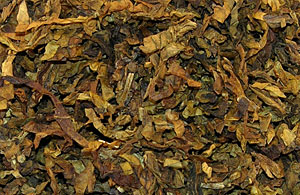 These tobaccos are also quite popular and the production methods can vary quite widely from the tobaccos I’ve already mentioned. For example Latakia tobacco is put into sealed barns rather than open sheds and is cured with smoke. You would probably never smoke a straight Latakia blend … it’s just too strong … but you may have already been smoking Latakia for it does appear in many blends although the Latakia content might only be as little as 10 per cent or less.
These tobaccos are also quite popular and the production methods can vary quite widely from the tobaccos I’ve already mentioned. For example Latakia tobacco is put into sealed barns rather than open sheds and is cured with smoke. You would probably never smoke a straight Latakia blend … it’s just too strong … but you may have already been smoking Latakia for it does appear in many blends although the Latakia content might only be as little as 10 per cent or less.
Perique is another spice tobacco and it’s grown almost exclusively in Louisiana. It has a very strong taste and burns slow and the aroma is said to be somewhere between fried mushrooms and cooked prunes … I guess that for some it would be an acquired taste. Because the aging process for this type of tobacco is quite long … 10 months or more … the cost to manufacturers is quite high and, while you may find some shops that sell the straight blend it’s often mixed in small amounts into other blends to increase the taste.
You may also come across Oriental tobacco. Despite the name this tobacco is grown in countries such as Greece and Turkey. By itself this tobacco has a spicy taste that can sometimes turn sweet when mixed with other blends.
Of course the types of tobacco that I’ve mentioned here are not the only ones. There are many more and you shouldn’t be afraid to try them as you search for the blend that’s just right for you. You just never know, the next one you try might be the one that you will settle on for years to come
Obviously knowing what goes into the blend you smoke can be helpful but on the other hand sometimes it’s just too much information. As long as the taste is right why should you care if the tobacco was cured by smoke from cow dung fires?
Read more about different types of pipe tobaccos at Tobacconist University.
You can see some tobacco reviews at these links.
Pipes Magazine Tobacco Reviews
Pipe Tobacco Reviews by Bob Tate.




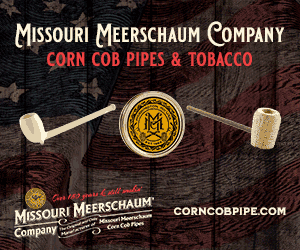

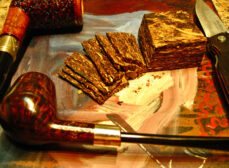
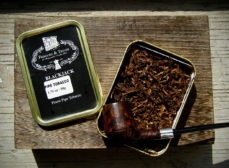
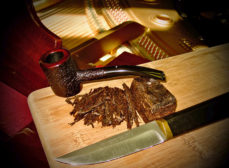
.gif)

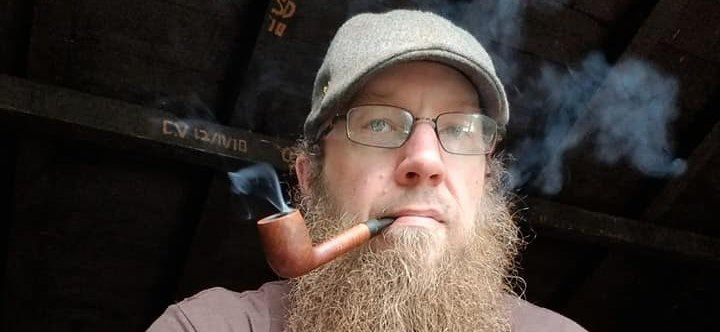
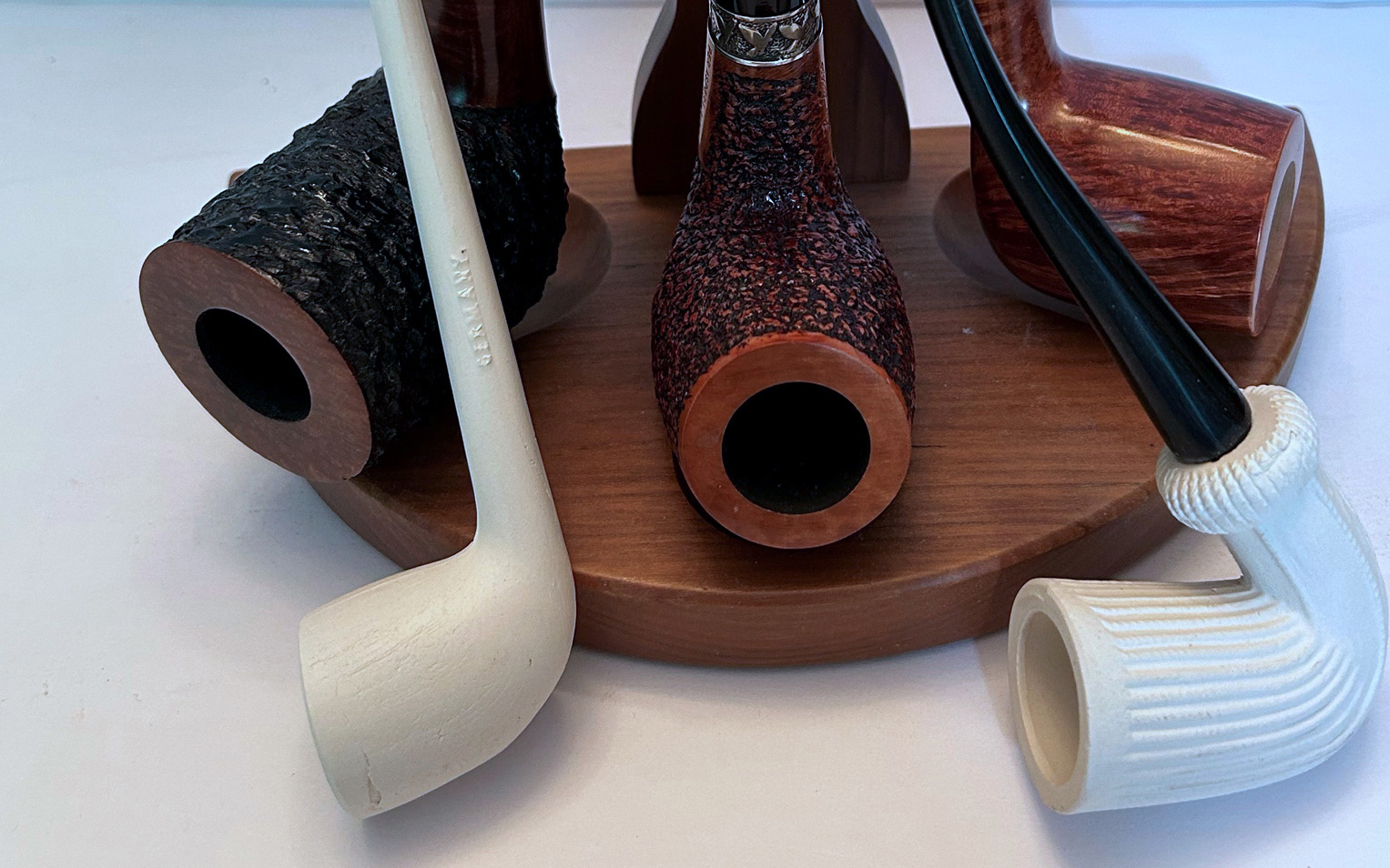
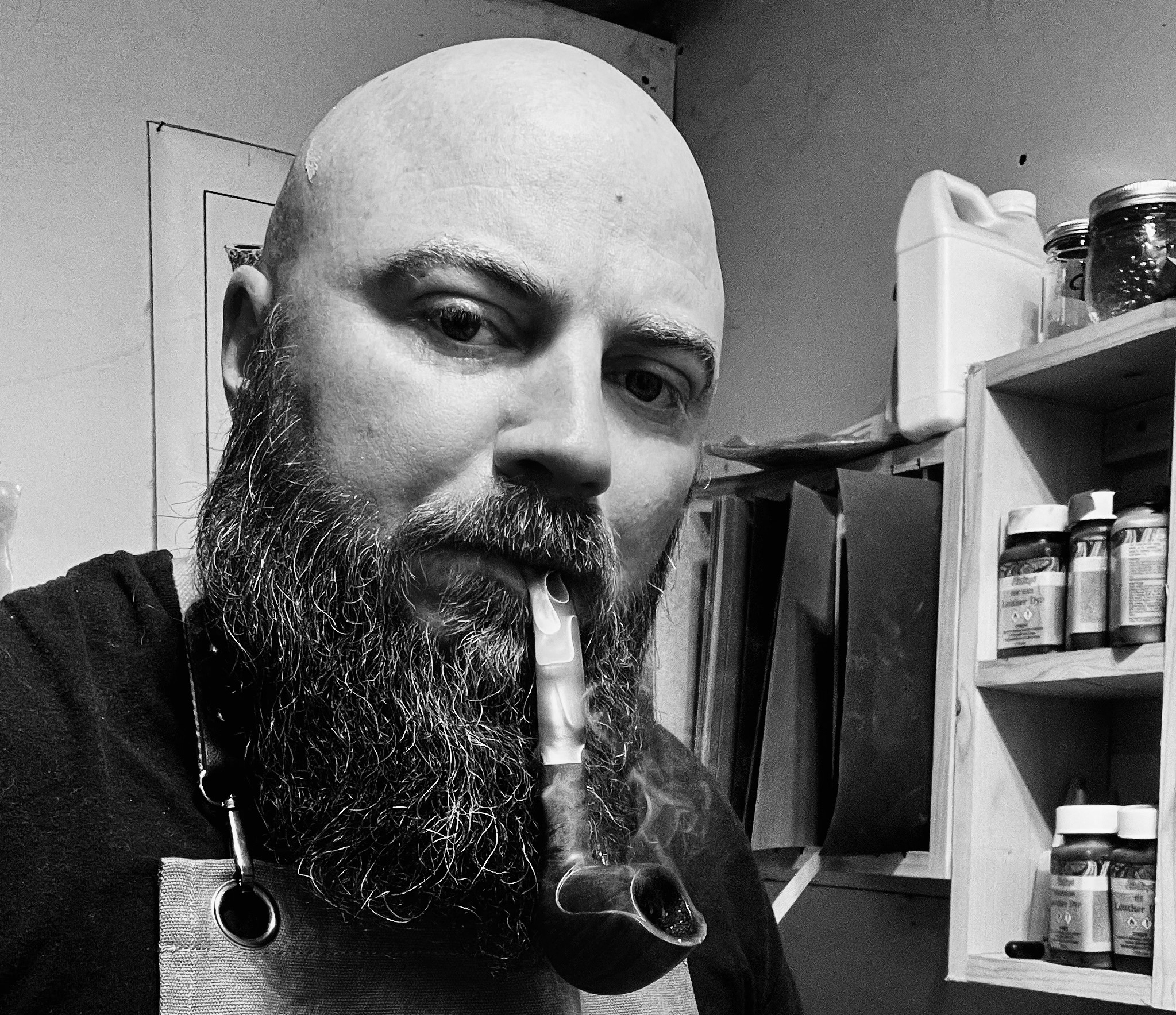







Great article Kevin!
Lots of great info on the different typs of tobacco!
Excellent as usual
I find this an invaluable source for information on the 100’s of available blends.
http://www.tobaccoreviews.com/index.cfm
I use this in conjunction with the Pipes & Tobacco “Trial By Fire” If you can locate one of these grab it
quite informative. i would suggest the recommendation that new smokers try non-aromatics to begin with- less potential for tongue bite- i know they don’t have that dessert-like tin or room note, but a newbie’s less likely to give up on the first coupla pipes if he/she starts out with an “english” assortment. happy puffin’